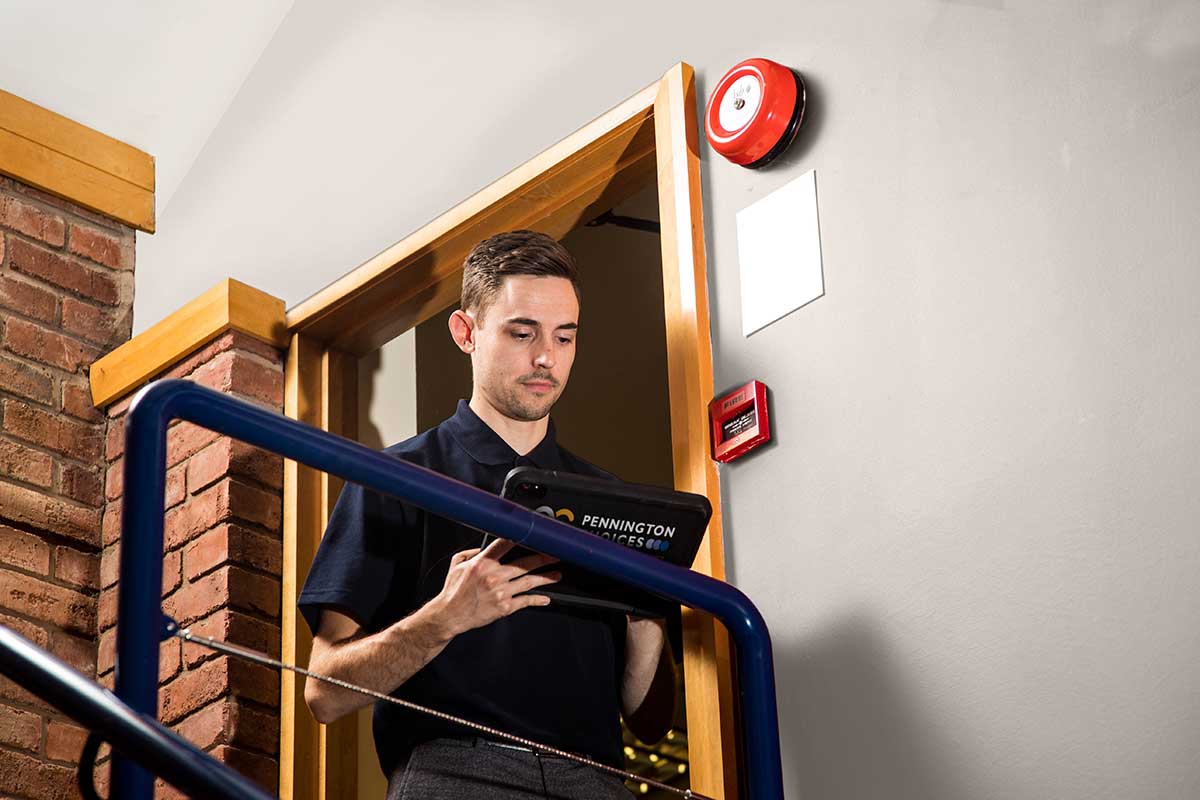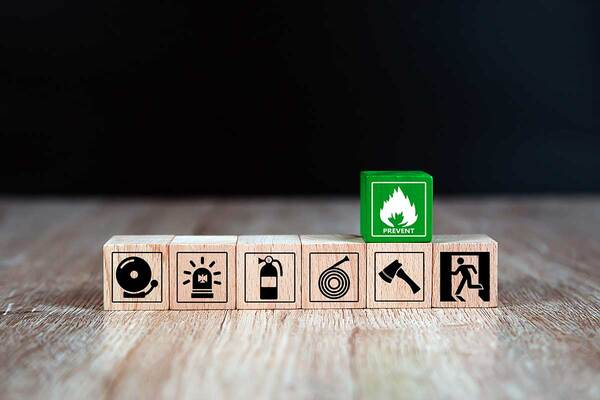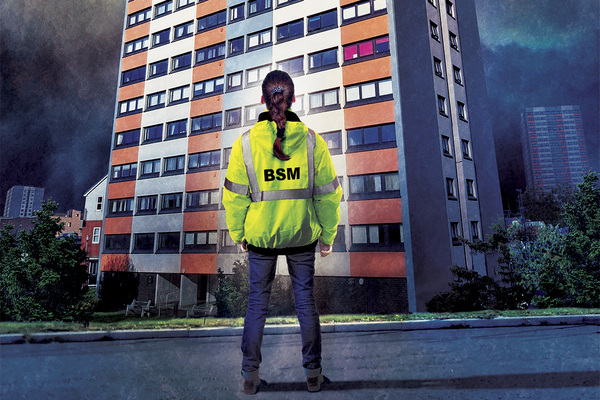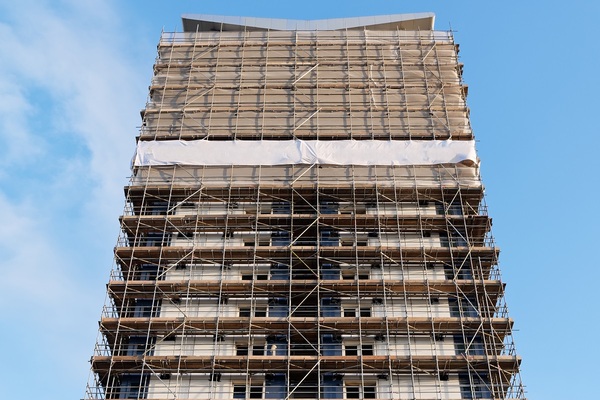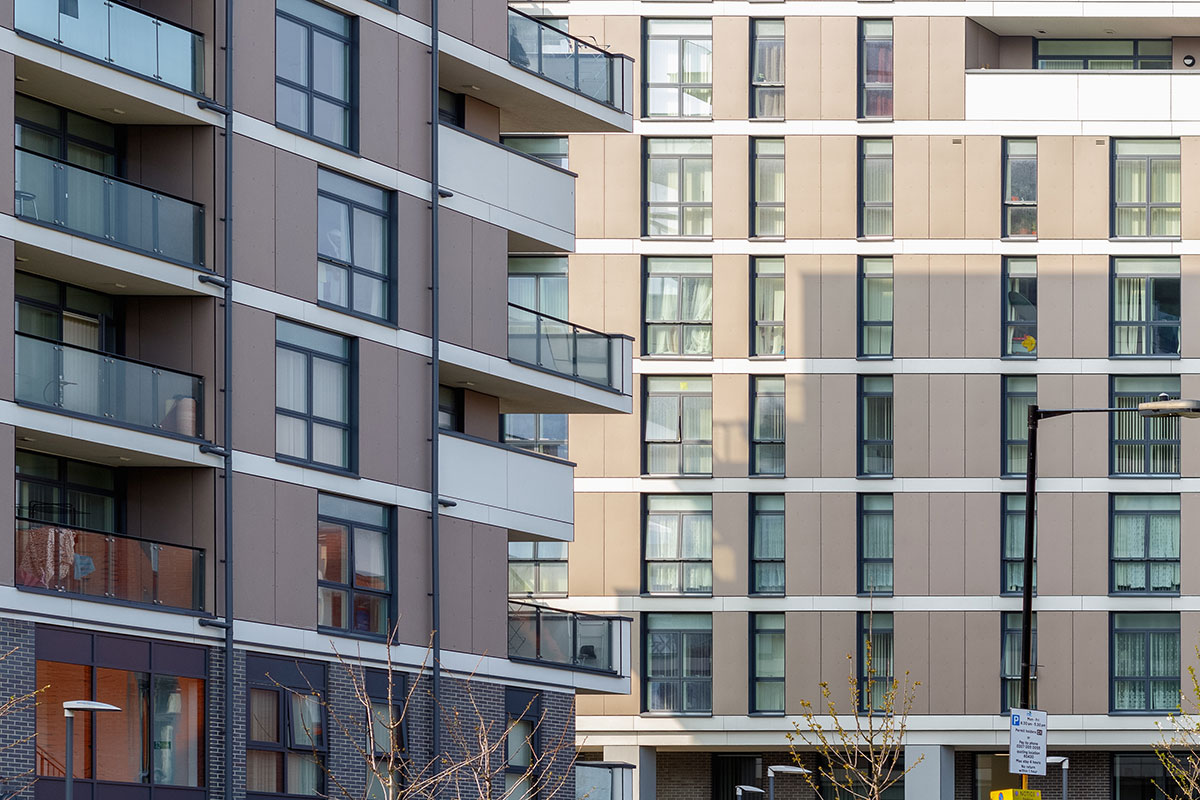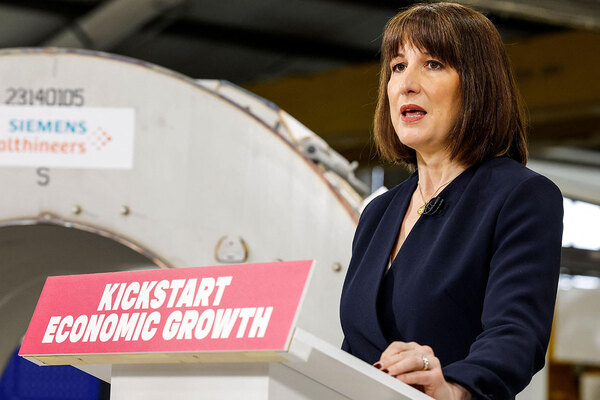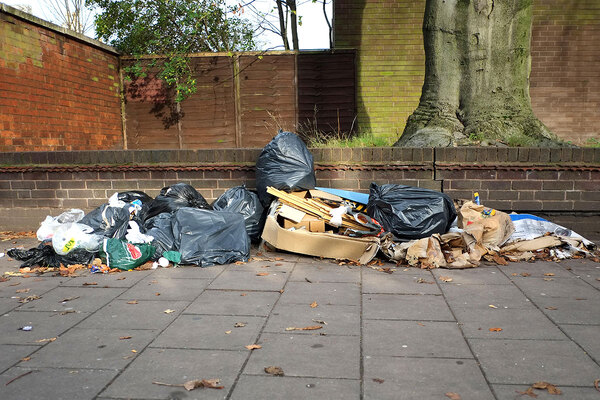Survey reveals gaps in safety compliance
A survey conducted by Inside Housing, in partnership with Pennington Choices, shows that social landlords are finding fire risk assessments the most challenging area of compliance
In association with:
![]()
The implementation of the Building Safety Bill and alterations to the Fire Safety Order will lead to a number of regulatory changes social landlords will need to grapple with to ensure their stock is compliant.
Among them, landlords will be expected to hold and analyse data on their buildings via new IT systems; they will need to produce safety case reports for approval by the Building Safety Regulator; and they will have to appoint building safety managers to ensure the safety of their residents.
But an exclusive survey conducted by Inside Housing, in partnership with Pennington Choices, the surveying group and consultancy, showed a number of compliance gaps remain, indicating a significant challenge lies ahead for housing associations and local authorities to get their properties in order.
Findings showed gaps across all core areas of compliance, including gas servicing, electrical inspection and testing, fire risk assessments, asbestos management and legionella risk assessments.
A total of 128 organisations across the UK were surveyed for the report, of which 64% were housing associations and nearly 20% local authorities.
Of these, only 10% said all of their properties and blocks had an in-date electrical installation condition report dated within the past five years. More than one in 10 said that less than 80% of their stock did.
Slightly more respondents (22%) said all of their properties had a Landlord Gas Safety Record dated within the past 12 months; 5% said less than 80% of their stock did.
George Paterson, director of property services at Together Housing, who took part in the survey, says that while his organisation was compliant in each of these areas, COVID-19 could have been one of the reasons some organisations were struggling to get to 100%.
“At the start of the pandemic and some of the past year, it was a real struggle to get into people’s flats. The fear of COVID-19 has certainly diminished now we’re out of lockdown, but there’s still a bit of a lag.
“Apart from existing cases, there should be no excuse for people not to be very close to 100% compliant now. Extreme cases could be that some tenants have medical conditions or, in some cases, end-of-life care, where it’s impossible to do a proper full electrical check.”
Discussing the ways in which social landlords can achieve full compliance, Lee Woods, operations director at Pennington Choices, says organisations that are achieving 100% have usually pulled together a dedicated project team to focus on this.
“[This team] is focused on delivering a targeted time-limited action plan, with appropriate external support.
“The action plan needs to ensure you take steps to fully understand the compliance obligations for all of your assets; ensure they are on the required inspection and testing programmes; develop clear policies, processes and procedures to provide clarity about what you will do to achieve compliance and how this will be done; and enable effective reporting, monitoring and oversight of what you are delivering.”
Asked which areas of core compliance their organisations found most challenging, the majority of respondents (42%) cited fire risk assessments.
Nathan Cronk, director of asset management at LiveWest, who took part in the survey, gives a flavour of which areas were proving particularly difficult.
“We prioritised fire safety during the pandemic, along with emergency repairs. We were able to reassign our retained specialist teams, such as the kitchen and bathroom teams, to address certain fire safety actions, following appropriate training, and maximise the resources of our third-party accredited fire companies by carefully allocating work.
“The biggest challenge has been identifying suitable external companies to deliver our fire safety actions – initially due to a large number of firms furloughing their staff, later due to coronavirus restrictions and gaining access to residents’ homes due to self-isolation,” he says.
“Firms have come under huge demand as companies seek to deliver catch-up works and commission new work following changes to government guidance.”
Mr Paterson echoes this point around a lack of available skills, explaining how Together’s decision to build up its in-house fire safety capacity five years ago has helped: today they employ three fire risk assessors.
A further 42% of participants said 100% of their buildings had an in-date fire risk assessment, with 16% saying 80-90% did and 4% saying under 80% did. A third of respondents revealed that, for those buildings with a fire risk assessment, fire safety actions had not been delivered on time.
In numbers
128: Number of organisations surveyed
22%: Respondents with an in-date Landlord Gas Safety Record
42%: Respondents citing fire risk as most challenging area of compliance
17%: Respondents who said appointing building safety managers would be most challenging regulatory requirement
In addition, this survey sought to gauge what preparation social landlords were making for regulatory changes. Nearly a third of respondents said their executive/leadership team had only some or limited understanding of the new building safety regime, while 30% said they had a detailed understanding and collaborative approach under way to prepare.
A third of respondents said between 11 and 30 of their high-rise buildings would fall in the scope of the Building Safety Bill, with 10% saying more than 30 would, showing the scale of the task ahead.
As to which regulatory areas their organisations will find most challenging, respondents were split. Nearly a quarter cited getting IT systems in place to hold and analyse data.
Mr Paterson says his organisation has “a little bit of a way to go” to get the right IT system in place.
LiveWest is developing an IT package, which will be delivered using their existing infrastructure, says Mr Cronk. “We have identified that to effectively provide residents with access to their building safety data, we will need to further develop our customer portal to enable them to have self-service access.”
Elsewhere, 17% of participants said appointing building safety managers would be hard. Preparation is under way, with a quarter of respondents saying they have developed a staffing structure and appointed their building safety managers, and 30% saying they have drafted proposals for a staffing structure.
